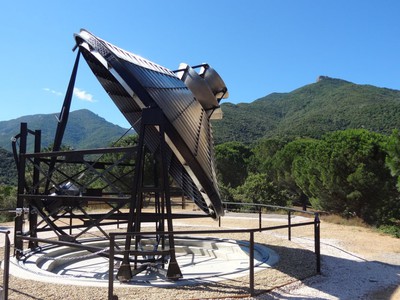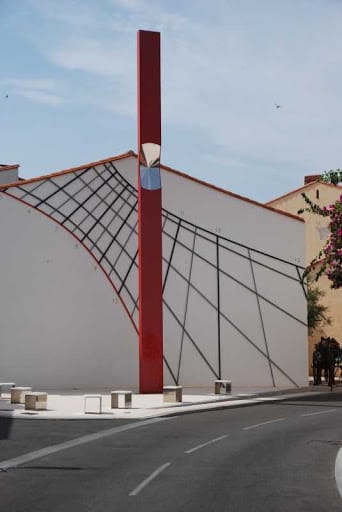Did you know that over a hundred years ago, Sorède was a pioneer village where solar energy was concerned?

In 1900, Portuguese physicist, Manuel Antonio Gomes, known as Padre Himalaya because of his height, set up one of the first solar furnaces in the world, not far from the Chateau d’Ultrera.
Using mules, he carried all the necessary equipment to the top of the village, where he built a satellite dish 7 metres in diameter, of which the circular rail still remains to this day.
In 2005, the association “Les Amis du Padre Himalaya” was set up to continue his work, replicating the original solar furnace from photos. Take a guided tour of the small site and find out all about the workings of a solar furnace. One of the highlights is watching the melting of different metals and stones.

In 2013, Sorède added a sundial at place Padre Himalaya in the centre of the village, designed by artist Marc-André from Figuères, specialist in artistic sundials in public spaces. The idea behind this sculpture was to pay tribute to the scientific work of Padre Himalaya in Sorède.
The funnel-shaped structure in the upper part of the 12 meters high mast collects the sunlight, which then passes through a little hole in the centre of the funnel creating a small point of light in the shade of the mast to indicate the time.
And did you know that the time on your watch is rarely the same as the time on a sundial?
The sundial indicates solar time whereas your watch measures civil time. All too technical for me to explain but visit the association website and find out more.

